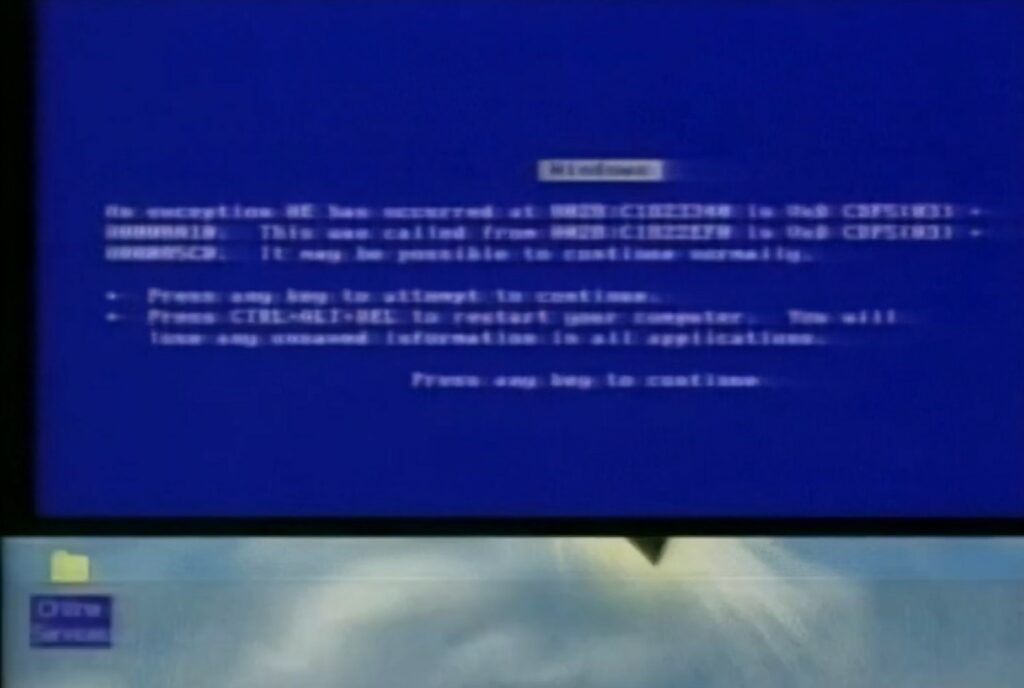
Redazione RHC : 11 November 2025 07:18
It was April 20, 1998. Microsoft was so embarrassed by the iconic Windows 98 blue screen of death on stage that it decided to change plans for building a new headquarters on its Redmond campus. The goal was to ensure such an incident never happens again during public presentations.
This memorable moment occurred at the massive COMDEX trade show, several months before the official release of Windows 98. Bill Gates was giving the keynote presentation, and Microsoft employee Chris Capossela was demonstrating a new feature: plug-and-play support for USB devices.
While connecting a scanner, which was supposed to automatically download drivers, the system displayed a BSOD (Blue Screen of Death) right in front of the audience. Gates reacted humorously, joking that this explained why Windows 98 hadn’t been released yet, but within the company, the incident had a much more serious impact.

Microsoft veteran Raymond Chen recently wrote on his blog that the dedicated Microsoft Production Studios “were designed right around the time of the blue screen that appeared when you plugged a USB cable into Windows 98. “
Following the accident, the building’s floor plan was modified, adding a room next to the main studio to prepare and test all the computer equipment before live broadcasts . The equipment was then configured and tested before being handed over to the program hosts.
Chen also explained the technical reason for the problem. The Windows development team had tested the scanner in the lab and confirmed its functionality, but the team preparing the demo was using a different device : they had simply purchased the scanner from a local electronics store.
This particular scanner was attempting to draw more power from the USB port than the specifications allowed, and the development team hadn’t yet addressed this error. The result was a blue screen error in front of the entire audience.

The addition of a rehearsal room to Microsoft Production Studios was a direct result of this incident.
The company didn’t want a repeat of the blue screen disaster during a livestream, and according to Chen, the strategy worked: similar incidents never happened again. As for the ill-fated scanner, according to a former Microsoft employee, the device was later attached to a World War II infantry helmet, worn by Brad Carpenter in the Windows control rooms for the remainder of the product’s development cycle.
 Redazione
Redazione